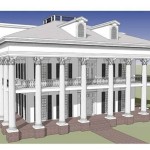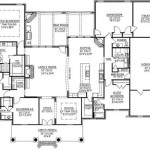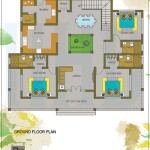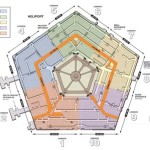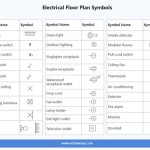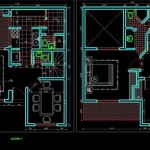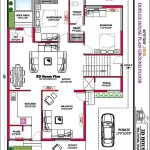Concrete Dome House Floor Plans: Essential Considerations for a Unique Home
Concrete dome houses offer a distinctive and sustainable architectural style, providing numerous benefits for homeowners. While their construction may differ from traditional homes, it's crucial to consider essential aspects of their floor plans to optimize their livability and functionality.
1. Structural Integrity and Stability: Concrete domes are inherently strong and stable structures due to their curved geometry and monolithic construction. However, it's important to ensure the foundation is properly designed to distribute the weight evenly and withstand external forces.
2. Lighting and Natural Ventilation: Concrete domes can create unique challenges for lighting and ventilation. Architects often incorporate skylights or windows at the top of the dome to allow natural light to enter. Additionally, clerestory windows around the base can promote air circulation and reduce humidity.
3. Space Planning and Zoning: The curved shape of a concrete dome can make space planning a bit more complex. It's important to consider the flow of movement, the relationship between different rooms, and efficient use of space.
4. Access and Entry Points: Due to the dome's shape, creating traditional doorways and windows can be challenging. Architects often design access points that blend seamlessly with the curved surface, such as arched doorways or sliding glass doors.
5. Interior Height and Volume: Concrete dome houses offer spacious interiors with high ceilings. However, it's important to consider the relationship between the height and volume of the space and the intended use of the rooms.
6. Acoustic Considerations: Concrete's thermal mass and curved surfaces can affect the acoustics within the dome. Incorporating sound-absorbing materials, such as carpets or curtains, can help mitigate echoes and ensure a comfortable living environment.
7. Sustainable Design: Concrete domes can be highly sustainable structures, offering energy efficiency and reduced environmental impact. Architects often integrate features such as solar energy panels, rainwater harvesting systems, and natural ventilation to minimize the home's carbon footprint.
8. Additional Considerations: Other aspects to consider include the orientation of the dome on the site to maximize natural light and ventilation, the use of thermal mass for temperature regulation, and the provision of adequate storage space.
By carefully considering these essential aspects of concrete dome house floor plans, architects and homeowners can create unique, comfortable, and sustainable living spaces that embrace the distinctive characteristics of this architectural form.

Monolithic Dome Home Floor Plans Institute

Monolithic Dome Home Floor Plans Institute

Floor Plans Multi Level Dome Home Designs Monolithic Institute House

Monolithic Dome Home Floor Plans Institute

Monolithic Dome Home Plans Ayanahouse Homes House Floor

Geodesic Dome Home Plans Aidomes

Monolithic Dome Homes Org

Real Working Drawings Monolithic Dome

Monolithic Dome Home Floor Plans Institute

Monolithic Dome Home Floor Plans Institute

